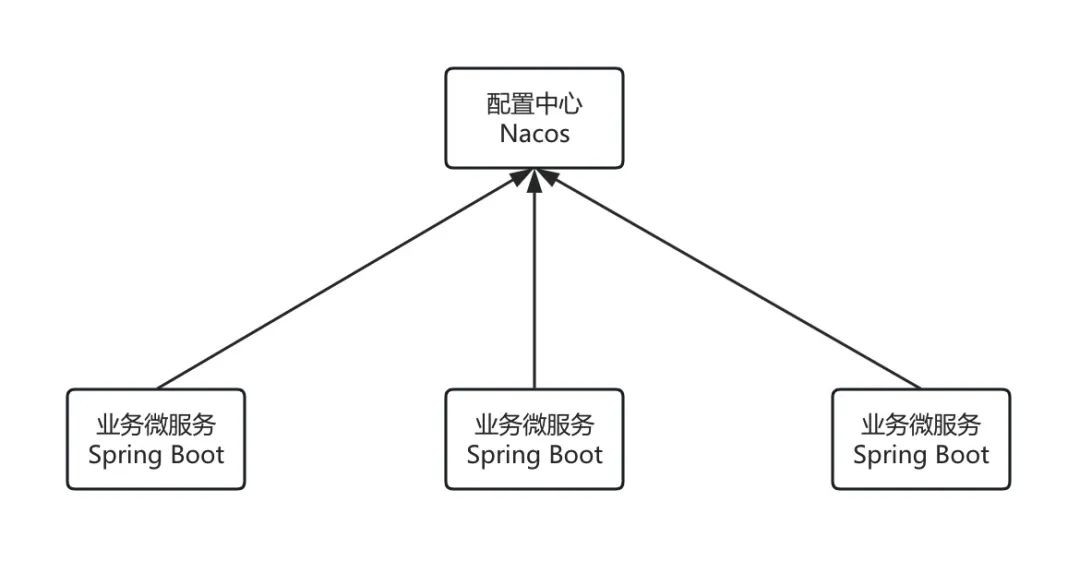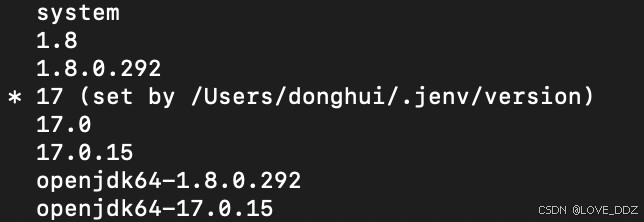一 点睛
当调用大量方法,可以使用反射和注解简化编程。
二 代码
import java.lang.annotation.Annotation;
import java.lang.annotation.Documented;
import java.lang.annotation.ElementType;
import java.lang.annotation.Retention;
import java.lang.annotation.RetentionPolicy;
import java.lang.annotation.Target;
import java.lang.reflect.Method;
import java.util.ArrayList;
@Documented
@Retention(RetentionPolicy.RUNTIME)
@Target(ElementType.METHOD)
@interface testAnnoation10 {
public String name() default "methodname";
public String unit() default "unit";
}
public class ch11_10 {
public static void main( String[] args ) throws Exception {
ch11_10 ch9 = new ch11_10();
Method method[] = ch9.getClass().getMethods();
for (Method method2 : method) {
Annotation annotation = method2.getAnnotation(testAnnoation10.class);
Class<?> ts[] = method2.getParameterTypes();
if (method2.getName().indexOf("getData") == -1) continue;
ArrayList<Object> params = new ArrayList<Object>();
for (Class<?> class1 : ts) {
if (class1.getSimpleName().equals("int")) {
params.add(10);
}
if (class1.getSimpleName().equals("String")) {
params.add("100");
}
}
if (annotation != null) {
testAnnoation10 t9 = (testAnnoation10) annotation;
System.out.println(t9.name() + " is " + method2.invoke(ch9, params.toArray()) + " " + t9.unit());
}
}
}
@testAnnoation10(name = "SOC", unit = "%")
public int getData1( int a ) {
return a;
}
@testAnnoation10(name = "Electricity", unit = "Ah")
public String getData2( String b ) {
return b;
}
@testAnnoation10(name = "Tempreture", unit = "AF")
public int getData3( int a, int b ) {
return a + b;
}
}
|
三 运行
Tempreture is 20 AF
Electricity is 100 Ah
SOC is 10 %
原文链接:https://blog.csdn.net/chengqiuming/article/details/94212774
相关文章


